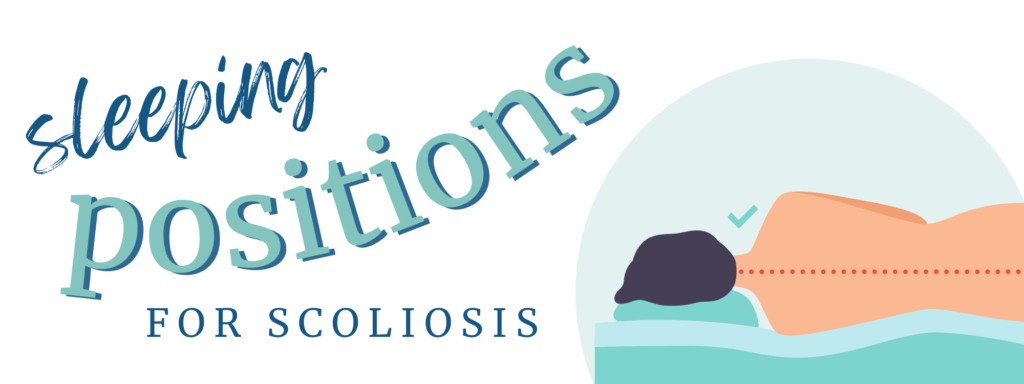
Are you looking for the
IDEAL SLEEPING POSITION
for your scoliosis?
Do you suffer from restless nights, increased pain and stiffness in the mornings, or generalized inability to get comfortable while lying down? This seems to be a complaint among individuals with scoliosis or those suffering from back pain. Living with scoliosis affects postural alignment and everyday activities such as cooking, cleaning, laundry, yard work, or even your hobbies can become difficult to perform due to pain or stiffness. We know there are exercises, including the Schroth method and some Pilates, to strengthen the scoliosis spine during the day, but what about at night? Is your sleeping posture helping your curve or contributing to additional rotation?

The average person will sleep anywhere from 7-9 hours a night, which is roughly 3,000 hours of sleep a year. If you think about it, that translates in to almost 125 days of the year that the average person spends sleeping! What if during those sleeping hours you were able to help “stabilize” your scoliosis spine simply by modifying you sleeping position?
Typically, when speaking of posture, it is often associated with sitting and standing. However, we can also have poor posture while sleeping. Maintaining a “bad” sleeping posture in which you are twisted rotated, or “scrunched up in bed” can increase the rotational force on the spine and can further rotate and increase the scoliosis curve. For individuals with scoliosis, who already deal with increased tension loads, sleeping positions can make all the difference. Learning to maintain a proper sleeping position to decrease this load on a scoliosis curve can reduce both complaints of night pain and the risk of curve progression. Let’s discuss how to use proper positioning and props to improve alignment throughout the night.
STOMACH SLEEPERS
To begin with, we will talk about stomach sleepers. This is probably the most undesirable way to sleep with a scoliosis curve. Almost always, when in this position, a person must prop their head to the side in at least a 45-degree angle. This increases the rotation or twisting component of the spine. This twisting is exactly what people with scoliosis are trying their best to avoid. With the head turned, it causes a twisting in the neck, and actually creates a rotation through the entire thoracic and lumbar (midback and low back) areas as well. This in turn, increases the stresses placed through the spine while sleeping. So, in other words, while sleeping on your stomach, your spine from the neck all the way down to your low back can be twisted to compensate for your head turned to the side. This is not good for the scoliosis spine. For a person who finds this position most comfortable however, placing a pillow underneath the hips can bring the pelvis in to a more neutral position and decrease the amount of extension throughout the back, especially in the low back area.
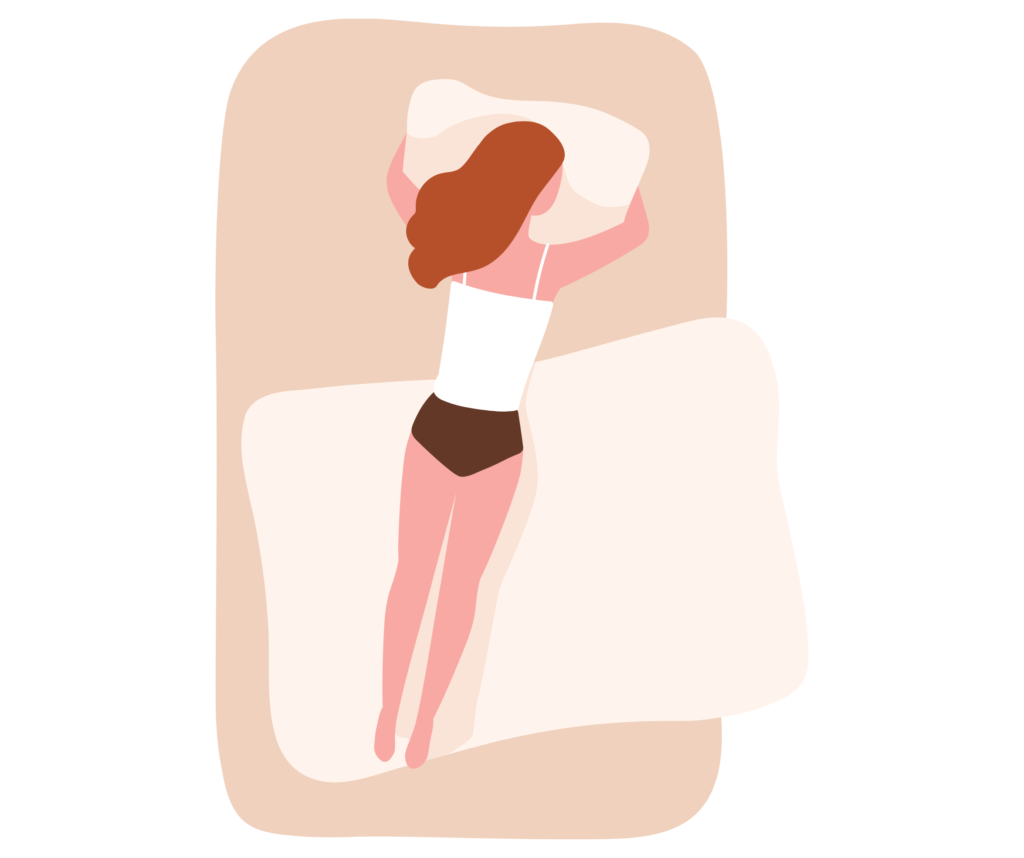
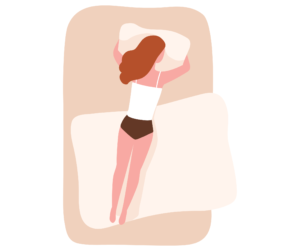
To begin with, we will talk about stomach sleepers. This is probably the most undesirable way to sleep with a scoliosis curve. Almost always, when in this position, a person must prop their head to the side in at least a 45-degree angle. This increases the rotation or twisting component of the spine. This twisting is exactly what people with scoliosis are trying their best to avoid. With the head turned, it causes a twisting in the neck, and actually creates a whole rotation through the entire thoracic and lumbar (midback and low back) areas as well. This in turn, increases the stresses placed through the spine while sleeping. So, in other words, while sleeping on your stomach, your spine from the neck all the way down to your low back can be twisted to compensate for your head turned to the side. This is not good for the scoliosis spine. For a person who finds this position most comfortable however, placing a pillow underneath the hips can bring the pelvis in to a more neutral position and decrease the amount of extension throughout the back, especially in the low back area. Another trick as a stomach sleeper is to place your forehead on top of your hands to take the rotation out of the neck and improve overall alignment of the spine.
BACK SLEEPERS
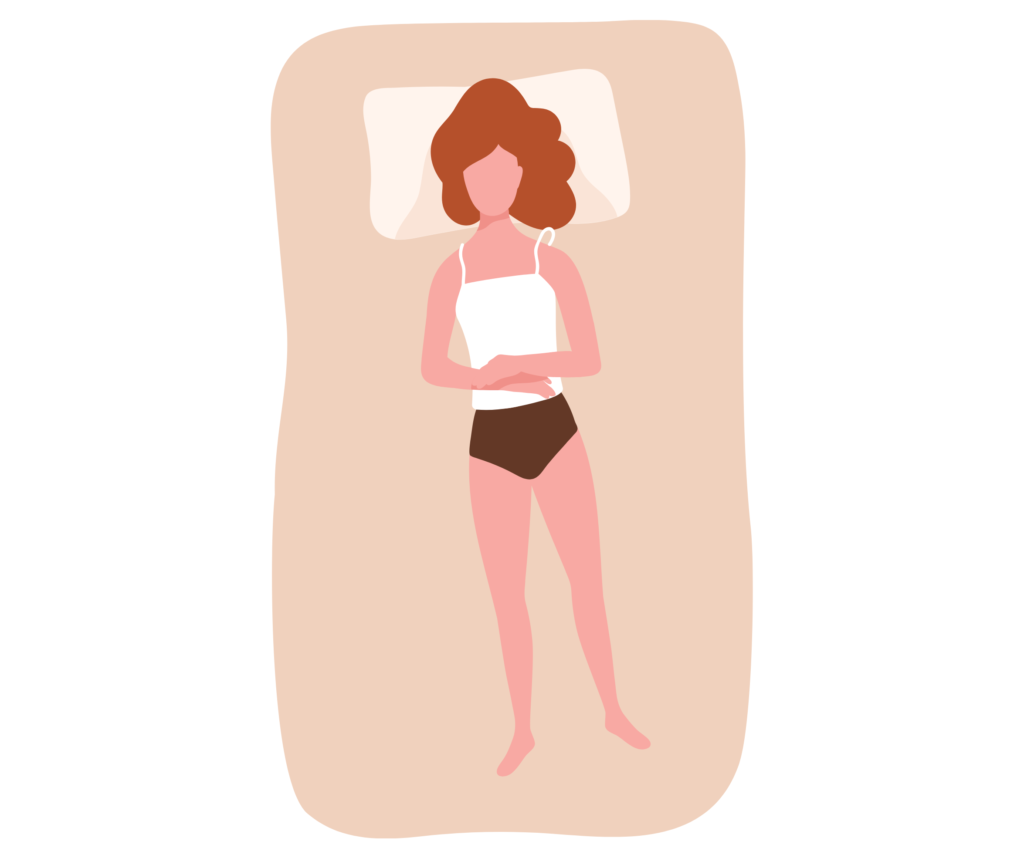
A more supported position than stomach sleeping would be to sleep on your back. In this position the spine is fully supported and can be aligned in a very neutral posture without creating any compensations. It is important to note that you want to use a pillow that doesn’t create too much flexion, or forward bending, in the cervical spine (neck). And just like when laying on the stomach, it is important to try and decrease the amount of rotation side to side through the neck. Making sure your head feels supported enough by your pillow to decrease the amount of rotation will help improve comfortability throughout the night. For individuals that find it strenuous on the low back to maintain this posture, placing a pillow underneath the knees, giving the knees a slightly bent position, will neutralize the pelvic positioning and decrease pull through the low back. While sleeping on your back you can create a nice, elongated spine from the neck all the way down to the pelvis. This position will help decrease tension on the spine and help to relax short and tightened muscles throughout the night.
SIDE SLEEPERS
Many of us are side sleepers and this can be a great position for a person with scoliosis. It is a little more complicated to figure out the ideal position, and it will take a couple extra pillows, but with a little work you can figure it out. For side lying you must first understand your curve, do you have a C or S shape? Which way are your hips going, which is your main curve, which side is your prominence?
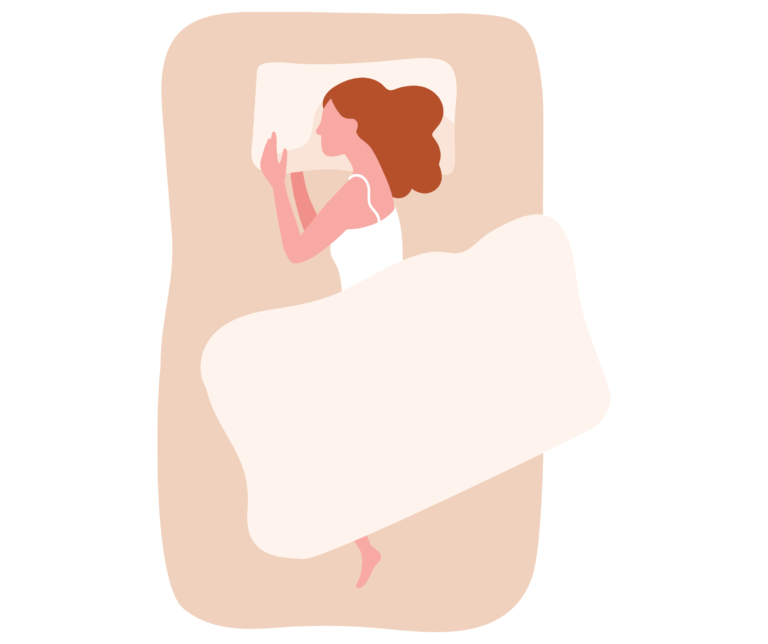
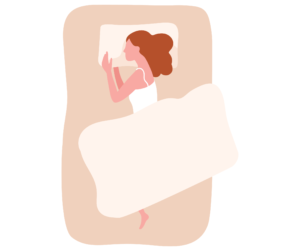
Many of us are side sleepers and this can be a great position for a person with scoliosis. It is a little more complicated to figure out the ideal position, and it will take a couple extra pillows, but with a little work you can figure it out. For side lying you must first understand your curve, do you have a C or S shape? Which way are your hips going, which is your main curve, which side is your prominence?
In side lying the aim for the ideal position is to help bring the spine into a “straighter” alignment and let gravity help. For each person and spine this could be a little different, but here are a few ideal positions. For example, a person with a main right thoracic curve might notice that their hips shift to the left.
In this case they would ideally sleep on their left side. By lying on the left side they bring their hips into the middle of the body and throughout the night gravity can allow the top curve to come into neutral.
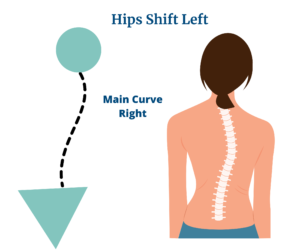
A person should check in with their hips and shoulders to make sure they are properly stacked on top of each other and that they don’t have one that is rotated forward or back. You can place a pillow between your knees and underneath your top arm to make this position more comfortable. Now, for who have the right upper curve and don’t like sleeping on their left side, we have a solution for you too. While on your right side, placing a small towel roll or cushion underneath your top curve to help to push your spine towards a more neutral position and decrease the effects of gravity.
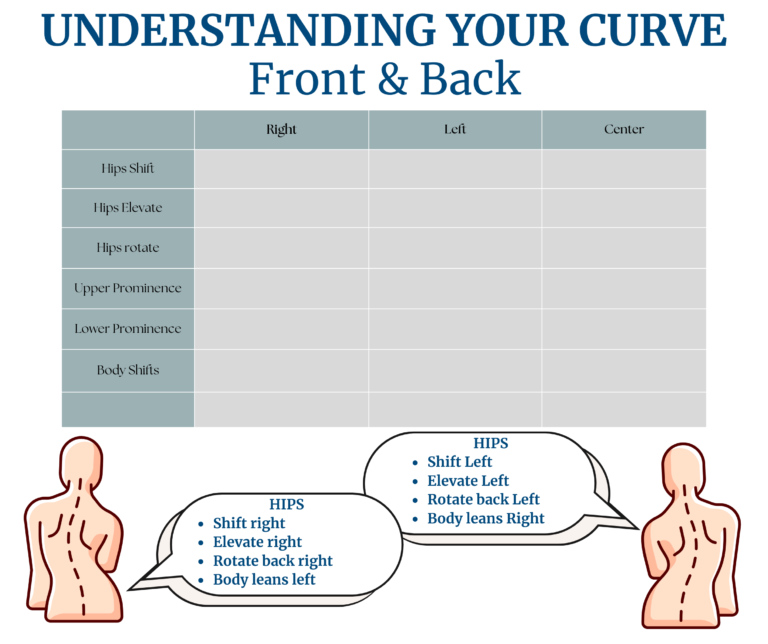
Overall, your comfortability is what matters. Using some of these tips and tricks can help to give you some relieve and decrease the negative effects of gravity on your curve. Be sure to check out our YouTube video to get a better understanding on how to effectively position yourself while sleeping!
For more information on “best sleeping tips” watch the rest of these videos and if you still need more information contact us.